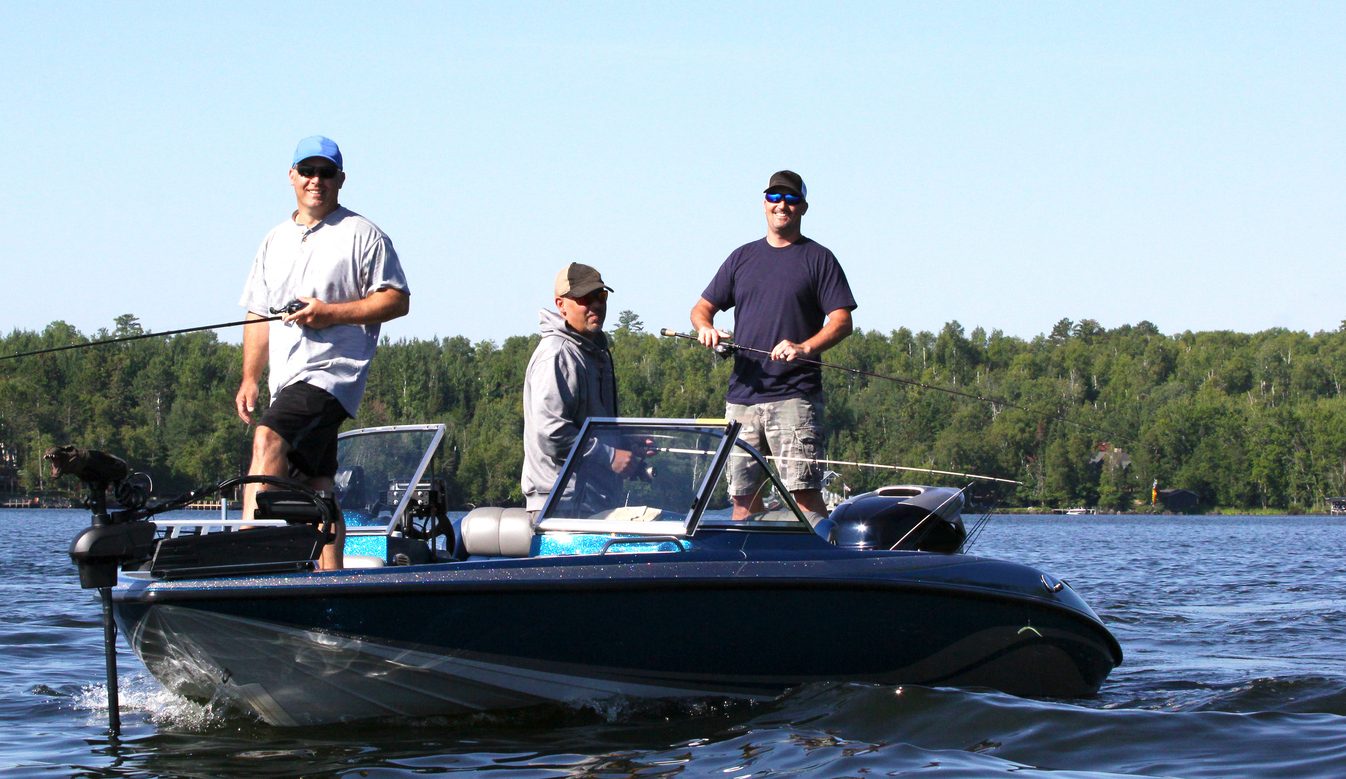Essential boat maintenance to perform before you hit the water
Published April 24, 2025 by Angela Talbot
-
Categories:
- Auto & Vehicle

Owning a boat is an exciting privilege, offering endless opportunities to explore new waters, bond with friends and family, and unwind amidst nature. But before you set out on your first boating adventure of the season, there’s one crucial step to consider: Ensuring your vessel is safe and ready for the water. Performing regular pre-season boat maintenance not only prolongs the life of your investment but also ensures every outing is safe and worry-free.
This guide is designed to walk you through six essential maintenance steps to prepare your boat for the season. Whether you’re a seasoned boater or a first-time boat owner, these tips will help you maintain peak performance and safety.
Explore Boat Financing Options
Start with a thorough hull inspection
Your boat’s hull is its foundation. Over time, wear and tear can result in cracks, blisters, and other damages, particularly if your vessel has been stored outdoors or exposed to harsh weather. A detailed inspection can reveal underlying issues that may otherwise cause major problems once in the water.
- Look for cracks and chips along the hull, especially near the keel and chine. These areas tend to endure the most pressure.
- Inspect for blisters, which often look like small bubbles under the paint or gel coat. Blisters may indicate water intrusion into the hull material, which requires prompt attention.
- Examine the hardware such as cleats, rails, and ladders for rust, corrosion, or loose fittings that need repairs or tightening.
If you spot any problematic damage, it’s best to address it immediately with professional help to prevent further deterioration. Remember, keeping the hull in excellent condition enhances your boat’s efficiency and safety.
Conduct an Engine Check-Up
The engine is the heart of your boat, and a well-maintained engine can be the difference between a fun day on the water and needing a tow back to shore. Here’s how to ensure your boat’s engine is in peak working condition.
- Change the oil and filters. Old oil can lead to poor engine performance and potential long-term damage. Be sure to replace it with fresh oil suited to your engine type.
- Inspect the belts and hoses. Look for cracks, frays, or signs of wear that could lead to a breakdown. Replace any damaged parts immediately.
- Check the cooling system. Ensure the water pump impeller and engine thermostat are functioning properly. Overheating is one of the most common causes of engine failure.
Don’t forget to run the engine on land (using a flushing kit or “ear muffs”) to ensure it starts easily and runs smoothly. Listen for unusual noises like rattling or knocking, which could indicate a deeper issue.
Inspect Electrical Systems and Batteries
Electrical failures are a leading cause of problems on the water, so paying attention to your boat’s electrical system is essential. Here are some key steps to include in your inspection:
- Test all onboard electronics. From GPS systems and navigation lights to radios and bilge pumps, make sure all devices are fully operational.
- Examine wiring for wear or corrosion. Saltwater environments can wreak havoc on wiring, so check for any frayed or corroded wires that need replacement.
- Check your battery health. Test the charge level and inspect for any signs of damage, such as cracks, leaks, or bloating. Clean the terminals to ensure a clean connection and recharge or replace the battery if necessary.
Tip: Consider investing in waterproof connectors and protective coatings for your wires to protect them from exposure to the elements.
Review Safety Gear and Restock Essentials
Safety gear is not just important; it’s a legal requirement for every boat. Whether for emergency preparedness or everyday safety, ensure all the necessary equipment is on board and in good condition.
- Inspect life jackets. Verify that each jacket is in good shape, the right size for passengers, and appropriate for the type of boating you’ll be doing.
- Check emergency equipment. Test or replace flares, fire extinguishers, air horns, and first-aid kits. If you have an emergency position-indicating radio beacon (EPIRB), ensure it is fully functional.
- Restock supplies. Make sure items like sunscreen, fresh potable water, and snacks are packed and ready for long days on the water.
Pro Tip: Keep a checklist of required safety gear based on regulations in your area to ensure you’re always compliant.
Clean and Wax Your Boat
A clean boat is a happy boat! Cleaning and waxing not only keep your vessel looking sharp but also help protect it from wear and tear caused by the elements.
- Wash the exterior to remove dirt, algae, and salt residue that may have accumulated during off-season storage. Use a boat-friendly cleaner to avoid damaging surfaces.
- Wax the hull to protect against UV rays and water stains. A high-quality marine wax creates a layer of defense, keeping your boat in top shape.
- Clean the interior thoroughly. Vacuum or wipe down seats, replace carpets if needed, and ensure the storage compartments are dry and free of mildew.
Not only will your boat look brand new, but proper cleaning also prevents buildup that might compromise performance or aesthetic value.
Why Regular Maintenance Matters
Pre-season boat maintenance isn’t just a checklist; it’s a long-term strategy for preserving your investment and ensuring safety on the water. Neglecting these tasks can lead to costly repairs, lost time, and potential safety risks.
Performing these five steps will help you enjoy smooth boating all season long and reduce the chances of mid-adventure interruptions. Getting familiar with your boat during these tune-ups also builds valuable knowledge of how it operates, making you a more confident boater.
Keep Your Vessel Adventure-Ready
Keeping up with boat maintenance might feel like a lot of work, but it’s time well spent. By ensuring your vessel is clean, safe, and functional, you’re setting the stage for countless enjoyable and worry-free outings.
Be sure to stay safe when navigating the waters. For necessary and essential boat safety, checkout these tips from our subsidiary, WebFirst Insurance, LLC. They can help you get a quote for boat insurance that fits your needs and ensure you have the right amount of coverage in the event of an accident.
